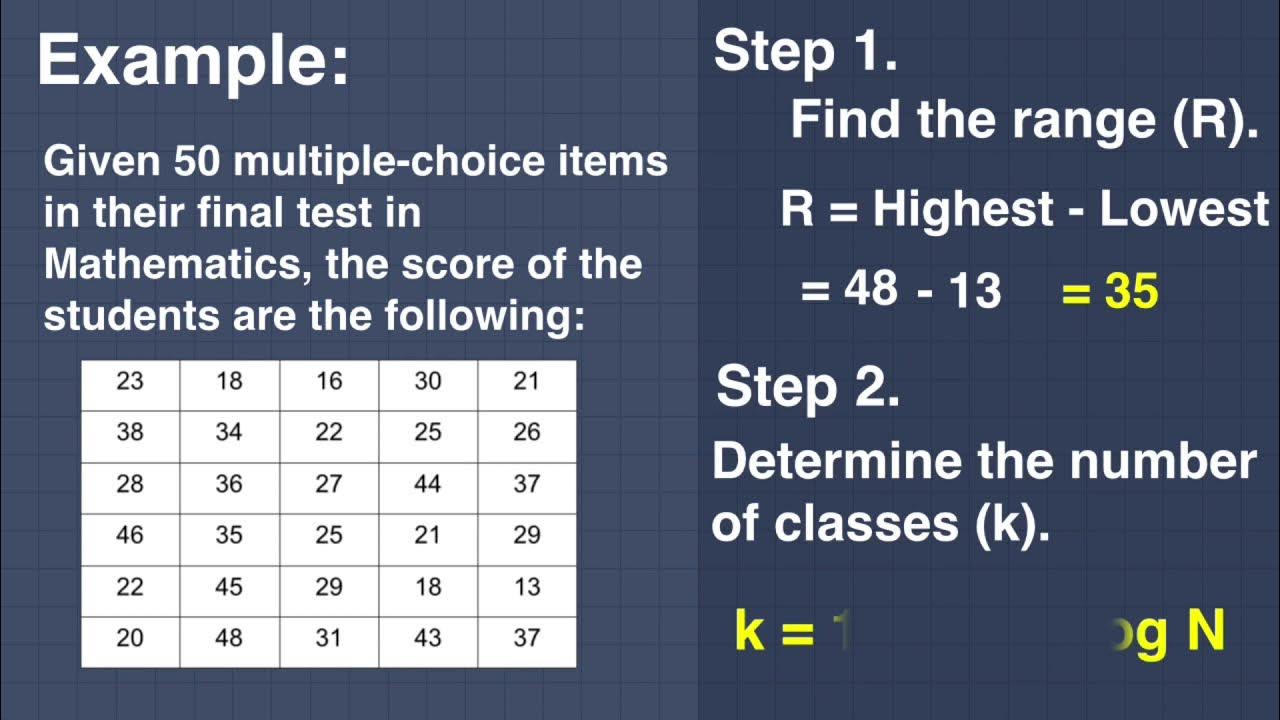Jalur Listrik Dari PLN Ke Rumah
Summary
TLDRIn this video, the process of electricity generation and distribution is explained in detail. The presenter discusses how electricity is generated at power plants from various sources like hydro, wind, and nuclear, and how it is transported through high-voltage transmission lines to reduce energy loss. The voltage is then stepped down for residential use, with a focus on the importance of transformers, safety measures like circuit breakers, and proper wiring for electrical safety. The video also covers common electrical components like the KWH meter, MCB, and grounding systems in household electrical installations.
Takeaways
- 😀 The electricity used in homes is generated at power plants, which can be far from residential areas.
- 😀 There are various types of power plants, such as hydroelectric, wind, nuclear, and more.
- 😀 The voltage generated at power plants is significantly higher (6-24 kV) than the 220V used in homes.
- 😀 Transformers are used to increase the voltage to 500 kV for efficient transmission over long distances.
- 😀 Higher voltage reduces current, allowing for smaller transmission cables, which helps save on material costs.
- 😀 Transmission lines use large towers and extensive networks to carry electricity to various regions.
- 😀 The voltage is gradually stepped down as the electricity gets closer to residential areas (from 500 kV to 20 kV and finally to 220V).
- 😀 Distribution networks deliver the final voltage to homes, where it is transformed into the necessary 220V or 380V for daily use.
- 😀 Inside distribution substations, transformers step down the voltage to the required levels for local consumption.
- 😀 MCB (Miniature Circuit Breakers) and RCD (Residual Current Devices) are used in homes for electrical safety, protecting against overloads and short circuits.
- 😀 Grounding systems are crucial for electrical safety, preventing potential hazards from electric shocks or faults in the wiring.
Q & A
What is the primary purpose of electricity generation and transmission?
-The primary purpose is to generate electricity at power plants, which is then transmitted over long distances to residential and industrial areas to meet energy needs.
Why is the voltage raised during electricity transmission?
-Voltage is raised to reduce the current, which in turn reduces the size of the cables needed, leading to cost savings on materials and more efficient transmission.
How is the voltage adjusted as electricity moves through the transmission network?
-As electricity travels through the transmission network, the voltage is gradually stepped down using transformers to levels suitable for residential and commercial use.
What are the different types of power plants mentioned in the video?
-The video mentions hydroelectric power plants, wind power plants, and nuclear power plants as some of the types of electricity generation facilities.
Why are transmission towers important in the electricity distribution system?
-Transmission towers are necessary to support the high-voltage power lines that carry electricity over long distances. These towers help minimize the cost of materials by allowing the use of thinner cables.
What happens to the electricity as it approaches residential areas?
-As the electricity nears residential areas, the voltage is progressively reduced through substations until it reaches a suitable level, such as 220V, for home use.
What is the role of transformers in the electricity distribution process?
-Transformers are used to step down the high voltage electricity from transmission lines to a lower voltage suitable for residential use, ensuring safety and compatibility with household appliances.
What safety features are included in electrical installations in homes?
-Electrical installations in homes include devices such as MCB (Miniature Circuit Breakers) and RCD (Residual Current Devices) to protect against overloading, short circuits, and electric shocks.
How does a Residual Current Device (RCD) work in an electrical installation?
-An RCD detects imbalances between the live and neutral wires, which could indicate a leakage of current that could lead to electric shock, and shuts off the power when such a leakage occurs.
What is the function of grounding in electrical installations?
-Grounding is used to protect people from electrical shocks by providing a safe path for excess electricity to flow into the ground, preventing dangerous situations when there is a fault in the system.
Outlines

Этот раздел доступен только подписчикам платных тарифов. Пожалуйста, перейдите на платный тариф для доступа.
Перейти на платный тарифMindmap

Этот раздел доступен только подписчикам платных тарифов. Пожалуйста, перейдите на платный тариф для доступа.
Перейти на платный тарифKeywords

Этот раздел доступен только подписчикам платных тарифов. Пожалуйста, перейдите на платный тариф для доступа.
Перейти на платный тарифHighlights

Этот раздел доступен только подписчикам платных тарифов. Пожалуйста, перейдите на платный тариф для доступа.
Перейти на платный тарифTranscripts

Этот раздел доступен только подписчикам платных тарифов. Пожалуйста, перейдите на платный тариф для доступа.
Перейти на платный тарифПосмотреть больше похожих видео

Proses Distribusi Listrik dari Pembangkit sampai ke Rumah Kita

Sistem Tenaga Listrik - Bagaimana kita bisa menikmati listrik PLN

CORETAX SERIES | Cara daftar Simulator Coretax dan penjelasan tiap menu di dalamnya

Constructing Frequency Distribution Table (Sturge's Formula)

TOPIC 2: ELECTRICAL GENERATION AND TRANSMISSION

Michael Faraday's Experiment #class 10 physics
5.0 / 5 (0 votes)
